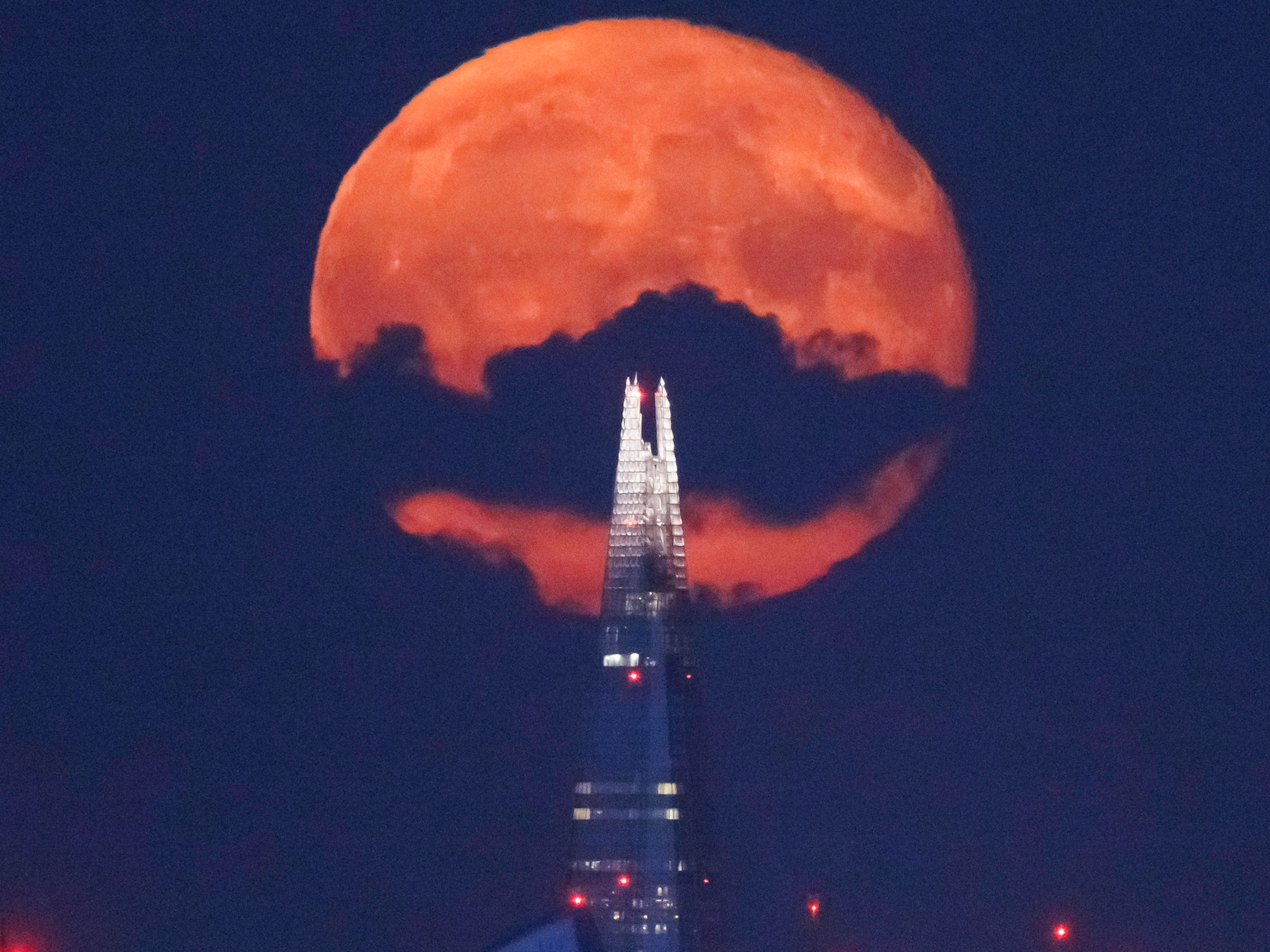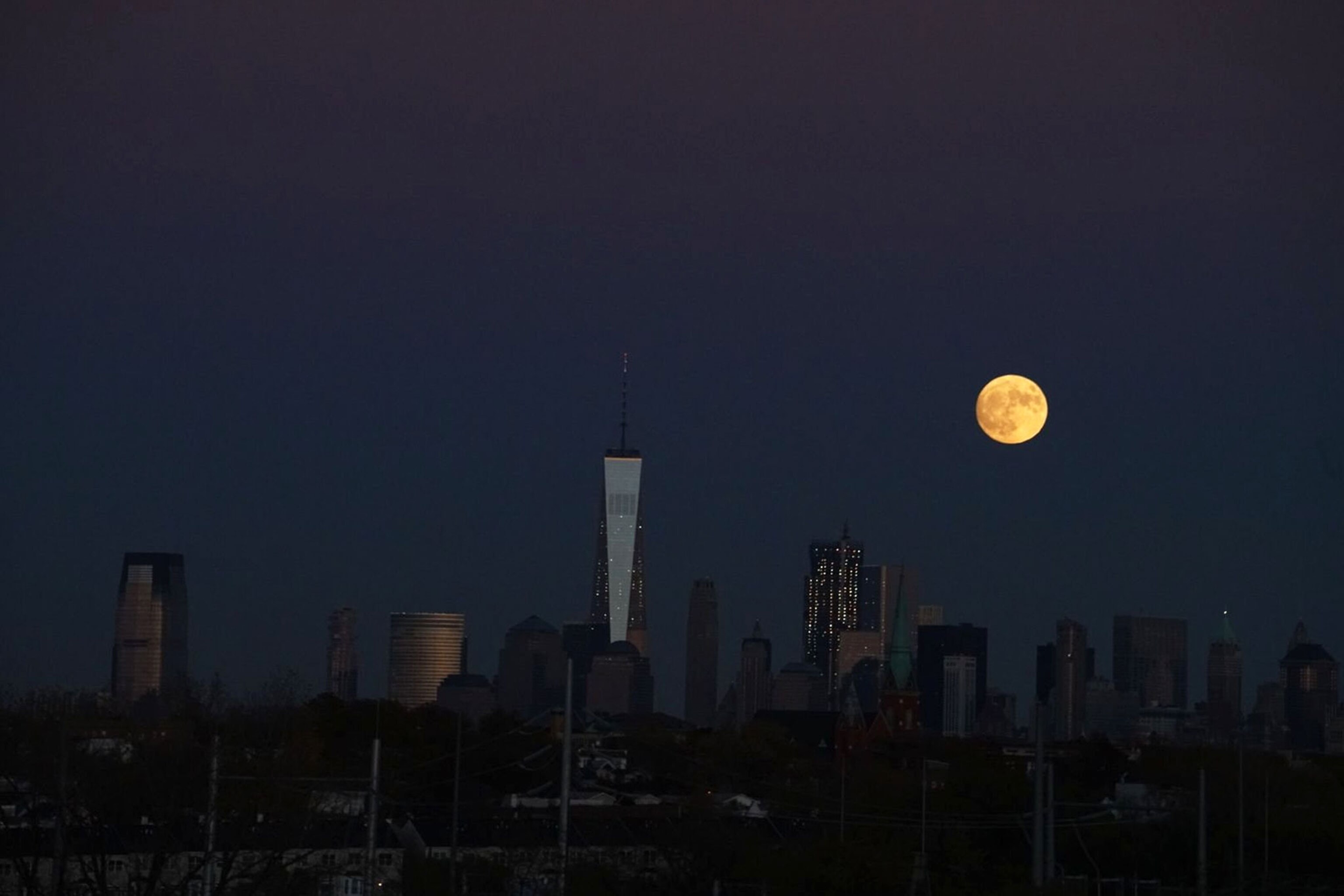
Blue Moon Eclipse and More Can't-Miss Sky Events in January
Get ready to see a double supermoon, a meteor shower, and more celestial wonders this month.
The coming month brings back-to-back supermoons, planetary pairings, the Quadrantids meteor shower, and plenty more reasons to look up at the night sky. So, if your holiday haul included binoculars and telescopes, be sure to mark your January calendar and get ready to try out your star-gazing gear!
New Year’s Supermoon—January 1
A super-size moon kicks off the year in style. Officially, the moon will reach its full phase on January 1, 2018, at 9:24 p.m. ET. That’s just four hours after it gets to its closest point to Earth in its roughly month-long orbit, called perigee. At a distance of just 221,559 miles, this full moon will be considered a supermoon—when the lunar orb is bigger and brighter than usual in the night sky.
Quadrantid Meteor Shower—January 3
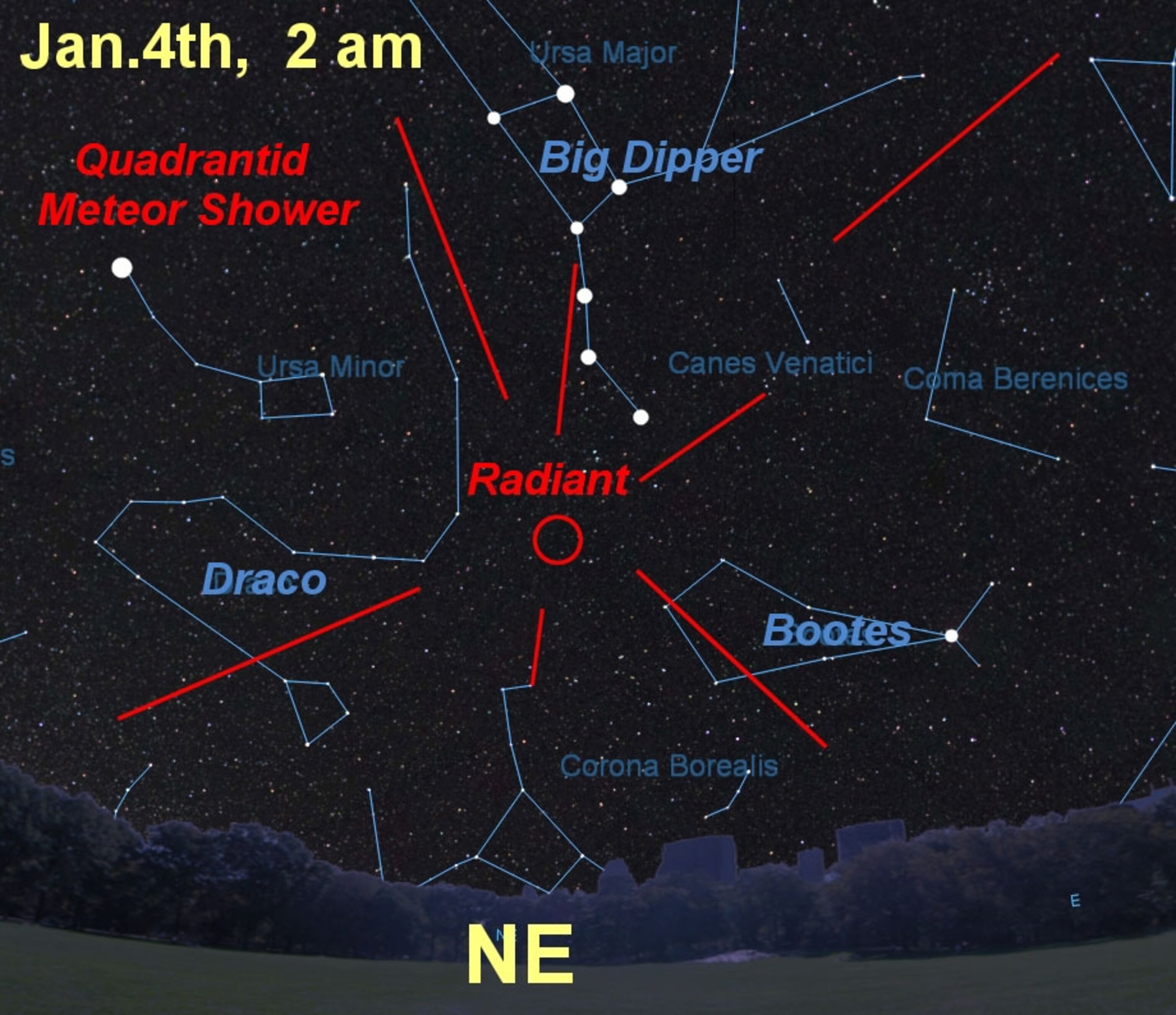
The first meteor shower of the year, the Quadrantids will reach their maximum hourly numbers in the late night of January 3 and into the predawn hours of January 4. For this shower, peak rates usually hover around 60 shooting stars an hour, when seen from very dark locations. But with the nearly full moon dominating the overnight hours, the blinding glare will likely wash out all but the brightest meteors.
The Quadrantids get their name from the obsolete constellation Quadrans Muralis, which fell out of favor in the 1920s. Most of its stars instead became part of the constellation Boötes, the herdsman. The meteors will appear to radiate from the northern part of Boötes in the northeast sky, just off the Big Dipper’s handle.
Moon and Lion—January 4-5
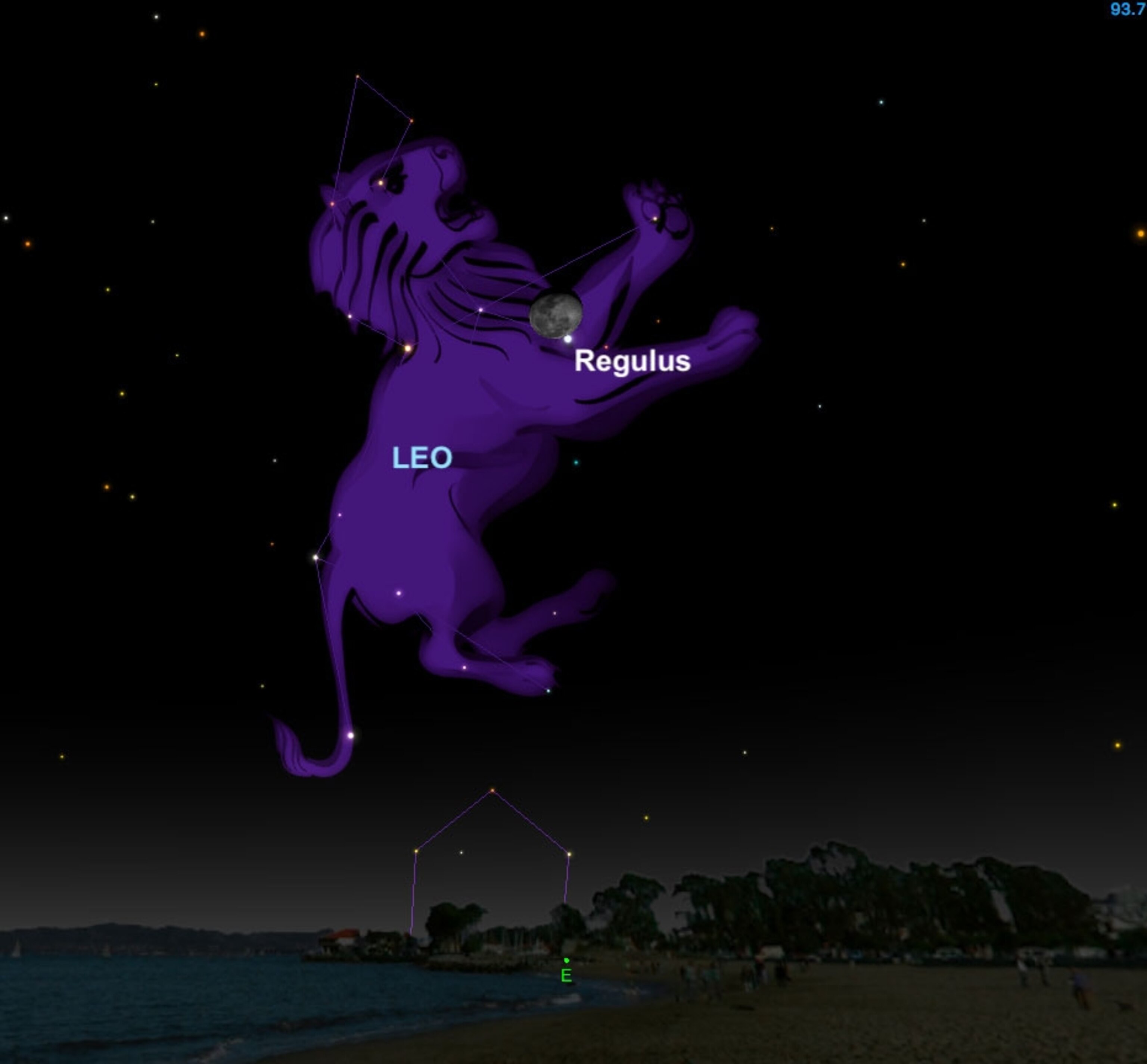
Face the eastern sky in the late evening of January 4 and check out the waning gibbous moon perched just above the star Regulus. This brilliant blue-white star is the brightest member of the constellation Leo, the lion. The celestial pair will appear to be dramatically close together at less than one degree apart, equal to the width of two full lunar disks.
Some well-placed observers will be able to see the star briefly disappear behind the moon in what’s called a lunar occultation. Sky-watchers in northern Canada, Alaska, Greenland, Iceland, Europe, and northwest Africa can watch as the bright star slips behind the lit portion of the moon for up to an hour.
Moon, Mars, and Jupiter—January 11
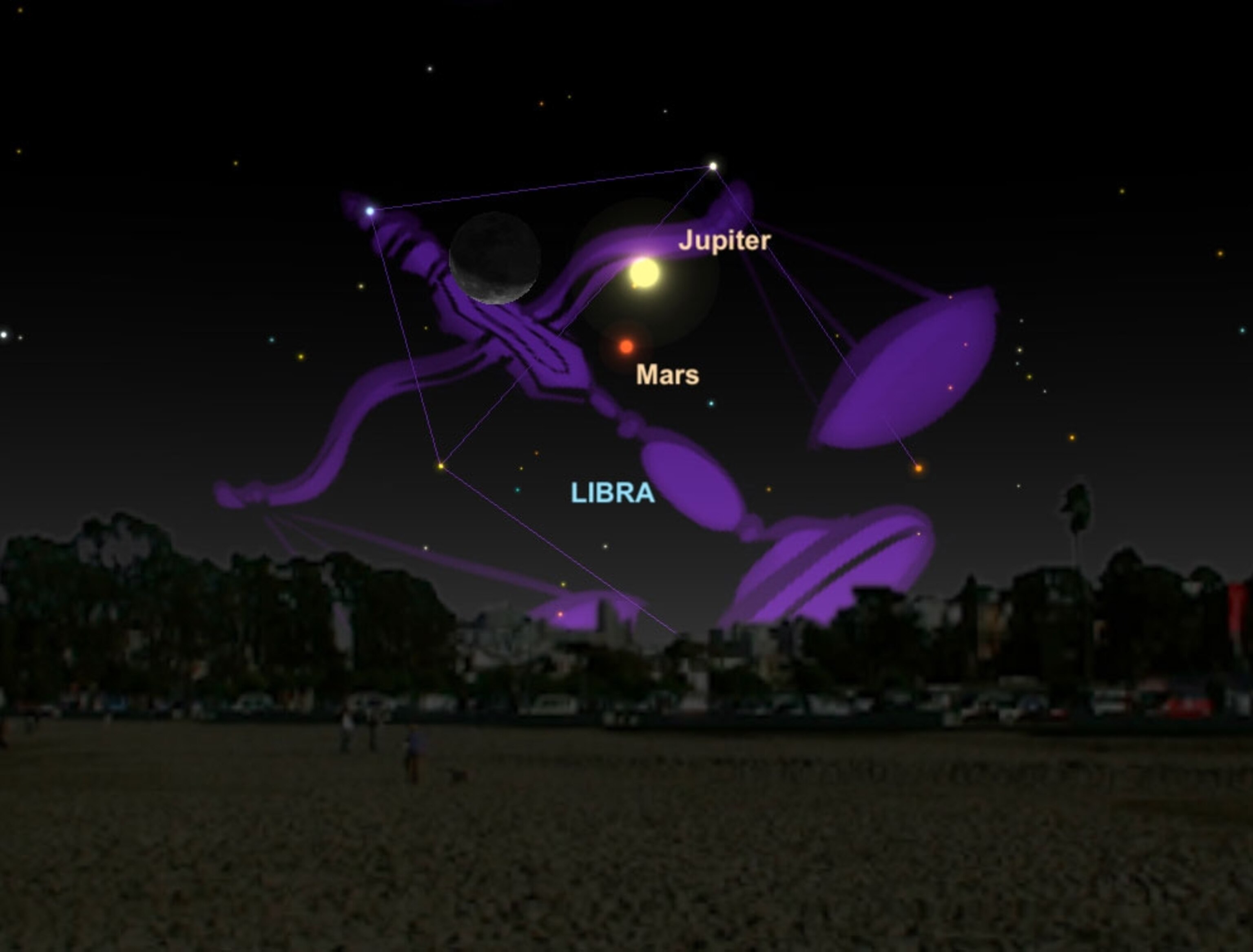
Early risers looking toward the southeastern sky before dawn will get to see an eye-catching triangular pattern formed by the crescent moon hanging near the naked-eye planets Jupiter and Mars.
Saturn, Mercury, and Moon—January 14
During the first half of the month, the planets Mercury and Saturn will create a challenging planetary pair for sky-watchers. But on the 14th, the razor-thin crescent moon will act as a convenient guidepost for tracking down the dim duo. The two planets may be easier to spot initially using binoculars. The best time to try and catch them will be about 30 minutes before local sunrise.
Moon Hits a Bull’s Eye —January 27
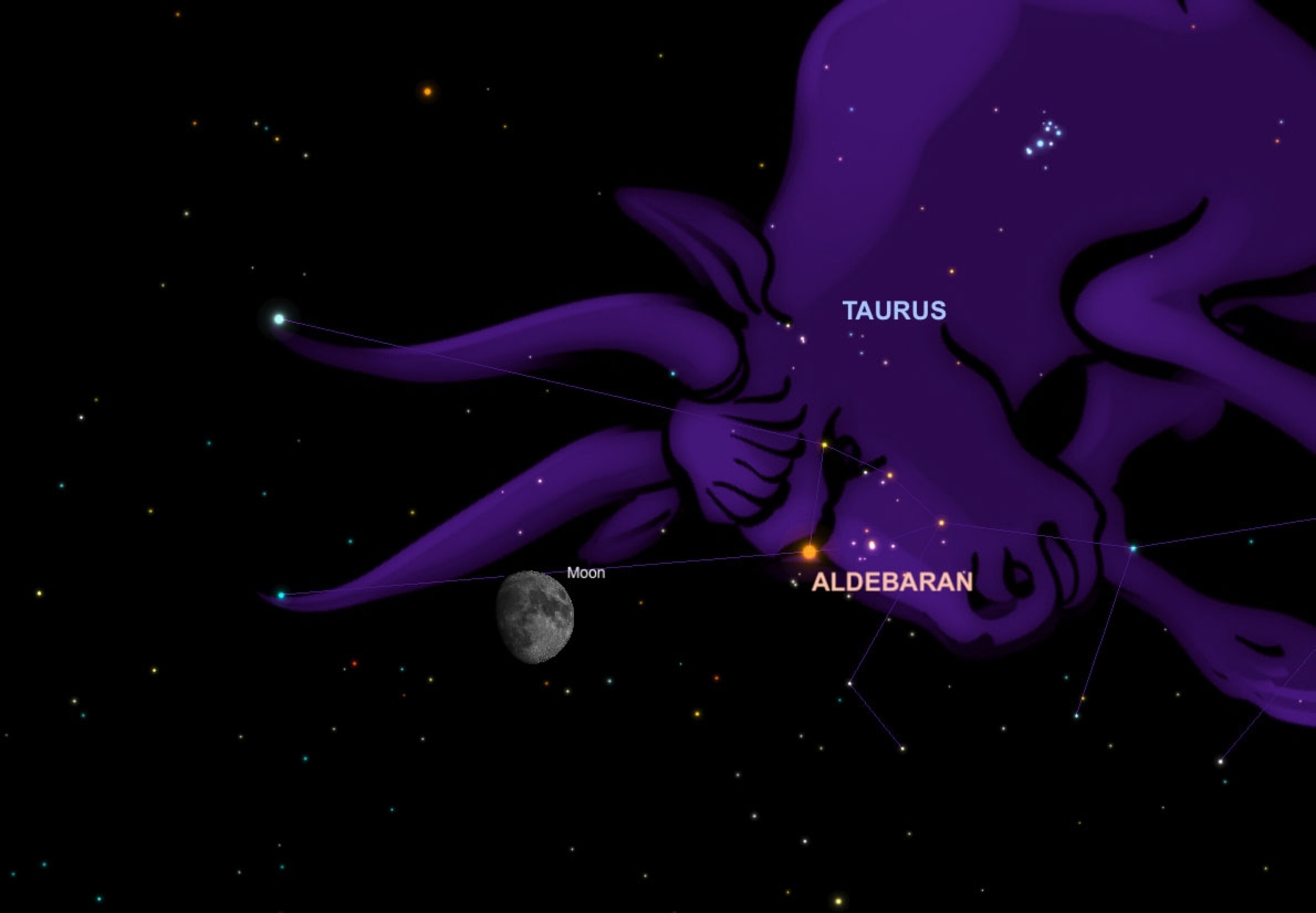
On this night, the steadily swelling moon will snuggle up to the bright orange star Aldebaran, the red eye of Taurus, the bull. The red giant star, which sits 36 light-years away, will appear to be eclipsed by the gibbous moon in the early morning hours for observers in northwestern North America. But observers in Alaska will get the best evening views, since they will be able to witness the star’s disappearance at 1:53 a.m. local time and then see it reappear 57 minutes later.
Total Eclipse of the Blue Supermoon—January 31
Lucky sky-watchers across the Pacific rim and the West Coast of North America will get to see a blue supermoon undergo a total eclipse. The moon will be full for the second time this month, a relative rarity historically known as a blue moon. The lunar orb will also be especially close to Earth, making it a supermoon.
Adding to the drama, Earth's dark shadow will slowly creep over the bright lunar disk during that night’s total lunar eclipse, which will turn the blue moon blood red. Totality, or total coverage of the moon, begins at 7:51 a.m. ET (12:51 UT). The entire event will be visible from Alaska, Hawaii, western Canada, the western Pacific Ocean, Australia, New Zealand, Indonesia, the Philippines, China, and Japan. Sky-watchers in eastern North America will witness only a partial eclipse just before sunrise.
Clear skies!
Andrew Fazekas, the Night Sky Guy, is the author of Star Trek: The Official Guide to Our Universe and host of NG Live! Mankind to Mars presentations. Follow him on Twitter, and Facebook.





